

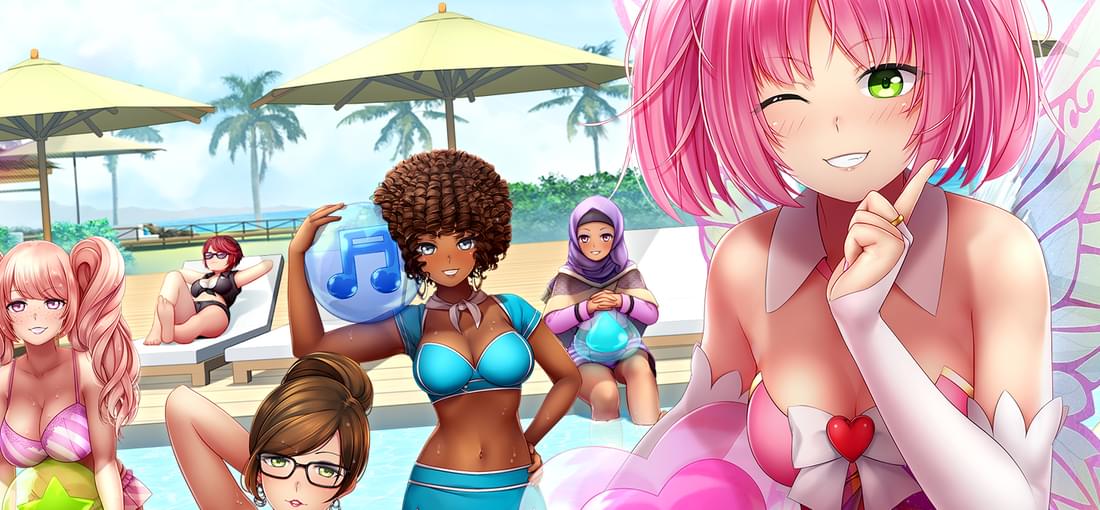
About four hours in, I can safely say that HuniePop 2 delivers more match-3 goodness. If you've played the first game, you know what you're in for: the strategic matching of tiles to unlock pseudo-anime images of women having a good time (censored by default on GOG; uncensor available online). All packaged with puns and guided by a horny fairy. Some of my favourite girls from the first game are missing -- Aiko, Tiffany, Beli -- but others carry over. A new girl, Leilani, is adorable enough to stop me from taking a star away for that. There are also some other new girls, as well as a few carry-overs from HunieCam Studio. Be warned though: the dynamics have been made significantly more complicated by the addition of a second girl, the need to balance between them, and the baggage they carry. You can't change difficulty after starting a game, and some end-game content is apparently not available to those who use the easiest settings. If you had trouble with the first one, expect to have an even harder time with the sequel.
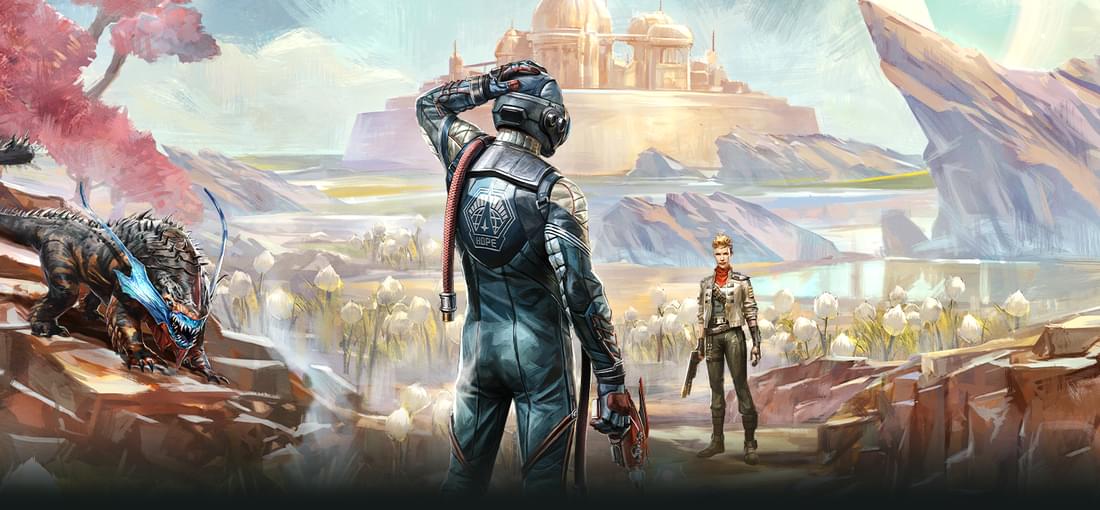
Advertised as a spiritual successor to Fallout: New Vegas, The Outer Worlds certainly borrows heavily from what may be the best 3D Fallout of all time. Fan favorites such as unique dialog options for low-intelligence characters return, as do dark humor, rampant corporate excesses, and diverse settlements with their own particular issues. There is even a VATS-esque time-slowing mechanism for the PC. Even better, the game is well optimized, and polished well enough that I encountered no game-breaking bugs. There are some things lacking. I wish there was a third-person view, and the last portion of the game felt rushed. I definitely would have liked for the game to be longer - even with the DLC, I finished it in thirty hours. GOG should definitely get rights to sell the soundtrack. But in the end, it's not Spacer's Choice: it's the right choice. (Review based on Steam version; I have the game on my wishlist here, and will get it once the Soundtrack is available).
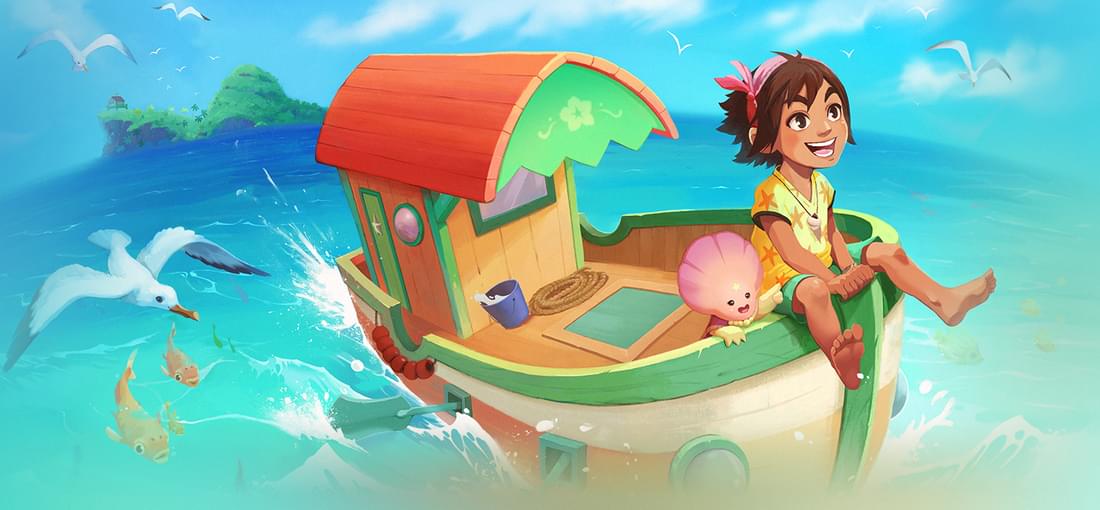
I'm about 16 hours in "Summer in Mara", and about 60% done with the game. Overall, I've been enjoying it. It's relaxing, the art style is calming, and the music helps with this ambiance. However, I have encountered a number of annoying bugs, particularly one where a story mission was impossible until I looked for a solution on the internet. That made this a less-than-restful experience. In more detail... 1. Although maintaining the island is a key game mechanic, don't expect "Stardew Valley" or "Harvest Moon" levels of management. You only have sixteen plots for growing crops, and half of those don't become unlocked until later in the game. You can redistribute trees and berries, so long as they go in the right ecosystem. The animal pens, however, are always in the same spot; you can't choose where they go. (Also, fences don't auto-lock, so good luck getting a perfectly straight line). 2. As mentioned in other reviews, the "300 quests" in the game summary are predominantly fetch quests. Even the main plot quests are basically fetch quests. A bit more variety would have been appreciated. 3. Not all of the controls are labeled, and in one case the wrong input is provided. It took me 30 minutes and three diving goggles to finally Google the minigame and discover that I should be pressing left shift and not "W" as the game was telling me. It also took a few minutes of experimentation to find out that my 8 and 9 keys changed Koa's shirt and backpack. Overall, the game is rough around the edges, but I'm still enjoying it.
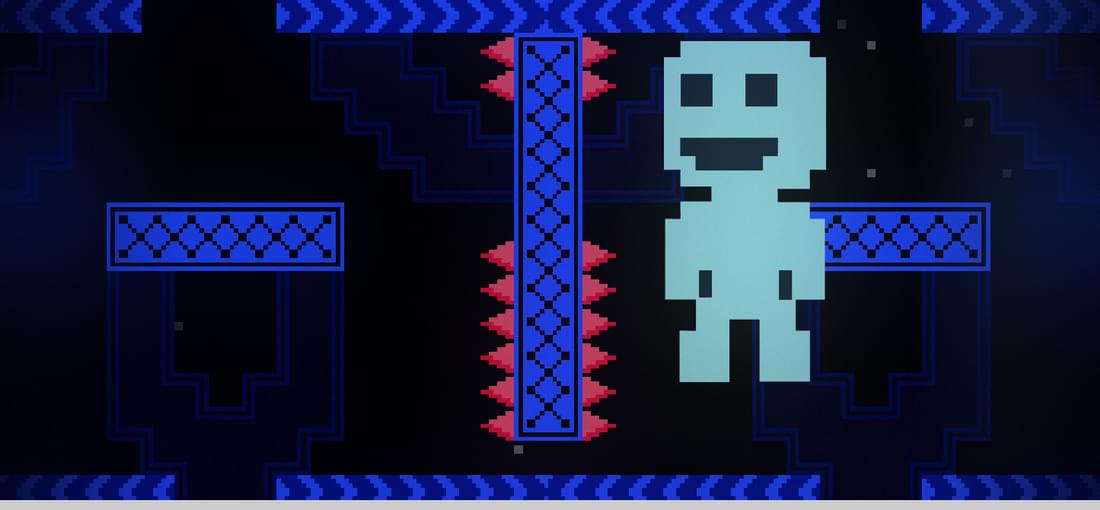
I came to VVVVVV (one... two... three... four... five... six Vs... that's spelled right, right?) well after its initial release and became interested because of the reviews here. After playing it, I must agree that it's an interesting puzzle game/platformer. You cannot jump; rather, you have to reverse your character's gravity to cross gaps and avoid obstacles. Many reviewers have highlighted the game's difficulty. I have to say, the main game can be frustrating, but it's not nearly as hard as (say) pronouncing the name of the game. The worst of the worst comes from some optional levels that you need to complete to get the best ending; navigating five screens of spikes to jump over a one-pixel cube is beyond ridiculous. Fortunately for those of us who lack the patience, there is an invincibility mode that you can toggle on and off to handle these levels. My biggest complaint with VVVVVV is the story. It is forgettable, and I couldn't remember the names of the characters even as I was playing the game. I get that a memorable story is not needed when you have an addictive and innovative gameplay experience, but still... Nevertheless, VVVVVV is well worth picking up. Given that it's often on sale for less than $2, it's not much of a risk.
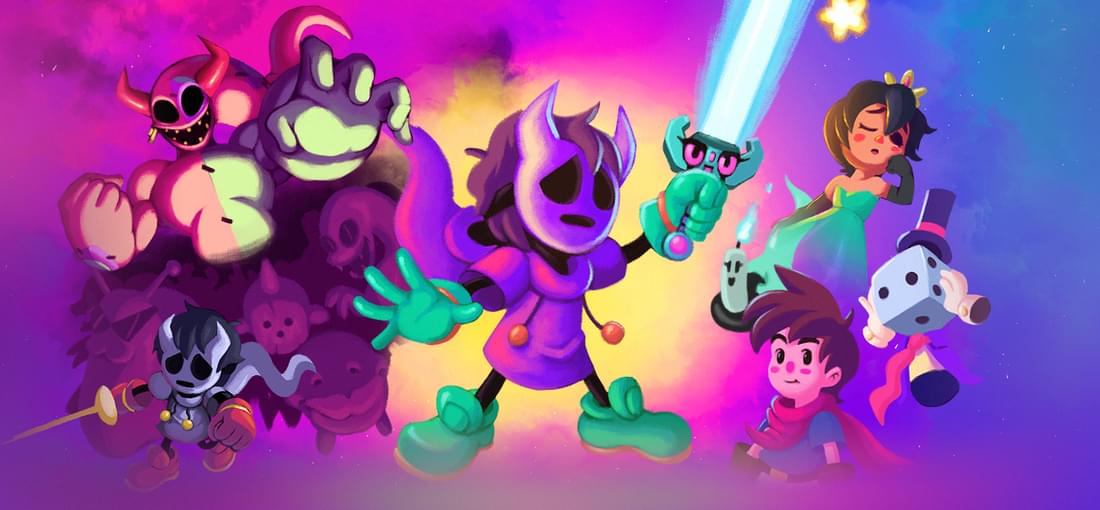
Getting this right out of the way... as Underhero makes perfectly clear in its description, the game is heavily inspired by the Paper Mario series. This is particularly clear in the game's combat and two-dimensionality, which draw a lot from the series. When fighting, you have a series of actions that you can use to attack (sword, slingshot, hammer), defend (shield, jump, duck), or heal (potions). You use up stamina points with almost every action; you can increase these (or your health or your damage dealt) every time you level up. At most, you'll be doing 20-30 damage per attack; since enemies seem to max out around 100 or 200 HP, that's not a problem. The story starts with a subversion of the most common RPG trope: the hero fails to rescue the princess, and is defeated not by the big bad, but by a faceless minion. Over the course of the game - about 12 hours or so - you initially seem to be reconstructing these tropes. You go on a series of quests and try to power yourself up so you can take down the big boss. However, in the last two hours or so the game takes a hard left turn, going from simply hinting at postmodernism to actively deconstructing everything from tropes to mechanics. Sadly, I can't go into too much detail without spoiling. You just need to experience it. There are a few shortcomings. The combat can become repetitive, and one of the later dungeons just goes on too long for its own good. That being said, Underhero is easily worth the asking price. I can't recommend it enough.
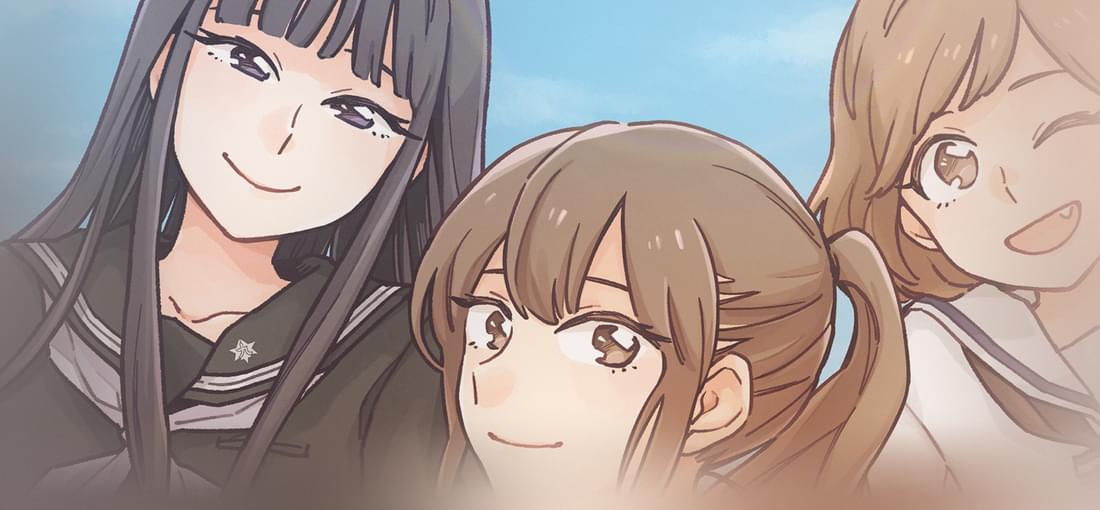
The Full Chorus update for Kindred Spirits on the Roof, quite simply aligns the game closer with the creators' original vision. If you buy only the base game, only some of the dialogue is voiced. This expansion adds in new voice acting, ensuring that every line of dialogue in the game is voiced by the original actor. For me, as a non-speaker of Japanese, there was not a noticeable difference; the newly-voiced lines were indistinguishable from the lines that were voiced six years previously. That's not all you get with this expansion, however. With Full Chorus, you also get about 30 minutes of actor commentary that you can access through the game menu after fully completing the game. It doesn't go into too much detail, but it does let you get an idea of what things were like when recording these new lines. There are also ten short drama recordings included with this expansion. Most are less than ten minutes in length; two are fifteen minutes long. They are presented as WMV files, with English-language subtitles and an illustrated background. These dramas are set after the events of the main game; I really enjoyed how they further fleshed out the characters.
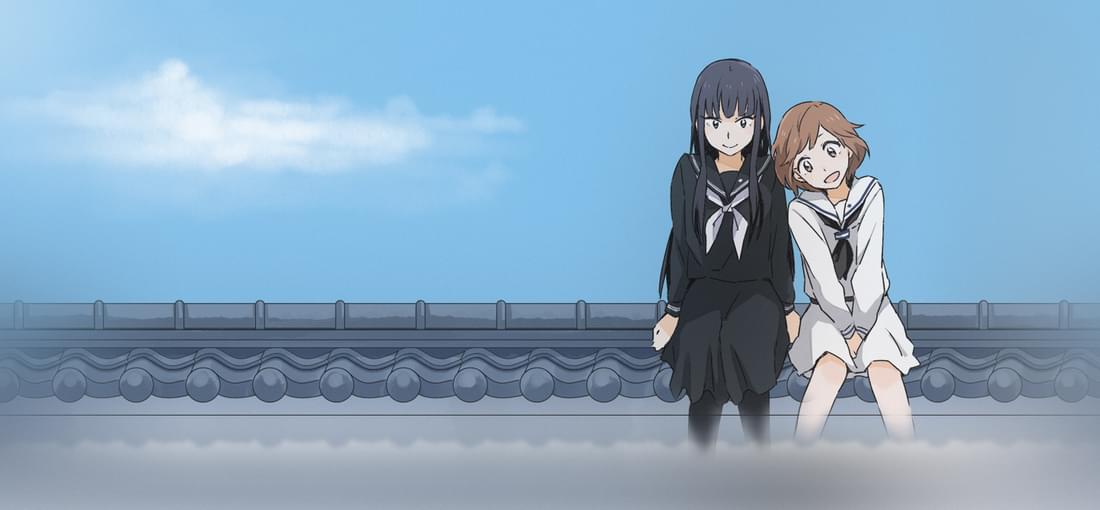
In Kindred Spirits on the Roof (KSR), your main character is an everywoman named Toomi Yuna. One day, she realizes that she can see two spirits atop the roof of one of the buildings at her school. They talk, and she learns that these kindred spirits cannot move on until they solve their last regret: they have never had sex. Oh, and -- being two women -- they don't know how. Your task over the course of the novel is to make a yuritopia by indirectly helping a number of your classmates explore their feelings and desired, in the hopes that these spirits will learn what they need and be able to cross over. Mechanically, KSR is a very interesting take on the visual novel genre. The game has you select scenes from a day planner, and saves automatically after each scene. First you go through the main scenes in an arc (marked by bears), then go through supplemental scenes dealing specifically with the girls you are helping from their perspectives. Once you've gone through all the supplemental scenes, you unlock another main scene. Repeat until the game is over... then you unlock extra scenes which flesh out the characters and their motivations more. Being a yuri visual novel, KSR has a number of sex scenes. These scenes are uncensored, but note that they are softcore in both their illustration and their narration. You get a couple illustrations for each of the seven couples in the game. Also worth mentioning is the sheer amount of food porn; even though the food is not illustrated, the descriptions of the various items were making me hungry as I played the game. There are a few drawbacks. KSR was originally released in 2012, and so the resolution of the images is low compared to more recent games. The game is notoriously laggy after it's been open for a while, and (unless you go for the Full Chorus DLC) it's only partially voiced. That being said, it is still well worth your time and money. I'd say 4.5 stars out of 5, for sure.
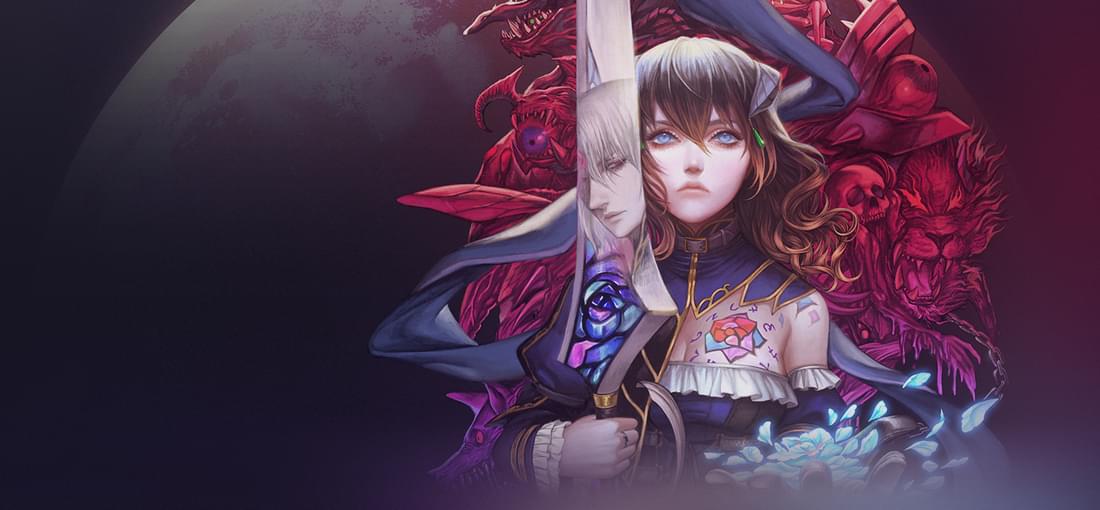
I missed the Kickstarter for Bloodstained, as it was launched during a few years when I wasn't gaming at all. Having wishlisted the game as soon as possible, and purchased it shortly after release, I regret that fact immensely. Bloodstained makes you play (at least until they release the other playable characters) as Miriam, a "shardbearer" who is able to make use of the mystical skills of demons in combat. Fighting your way off a galleon, you find your way to a village and a demonic castle from which evil energy is overflowing the land. You must travel through this castle, hunt down a former friend, and discover the true evil that endangers the entire Earth. Over the course of your journey, you receive a range of special abilities such as double jump, inversion, and teleportation. These enable you to reach new areas of the castle, discover hidden items and other secrets, and gain immense power. Important in your quest is your ability to craft items and cook food, through which you can further increase your power. If this sounds like the classic "Castlevania" formula, that's because it is. The game was designed by Koji Igarashi, the brilliant mind behind the Castlevania series and one of the fathers of the Metroidvania genre. It features a number of callbacks to that earlier series, but a story and animation style that stands on its own. As such, although you may be experiencing flashbacks at some points, you will still find a new experience. Technically, the game runs like a dream. Despite my 940MX being far under the "minimum" specs, I was able to run it consistently at 40 FPS using the "Epic" preset and 720p resolution. Controls are responsive; animation is nice; and the music suits the game well. Although earlier versions may have been buggy, in my 30 hours of play time (Version 1.05) I did not encounter any gamebreaking bugs. All in all, Bloodstained is definitely worth the money. I can't wait until they release the free DLC!
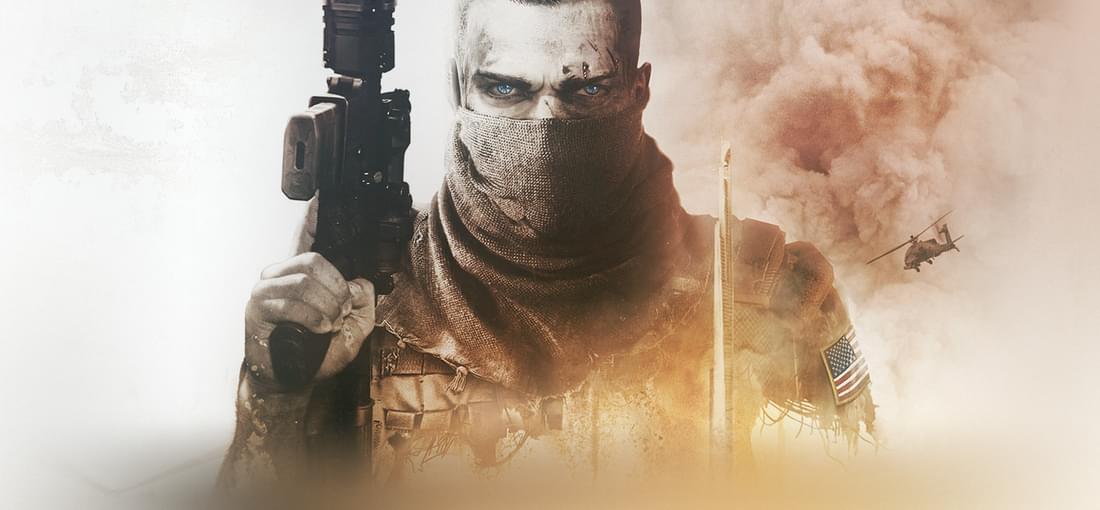
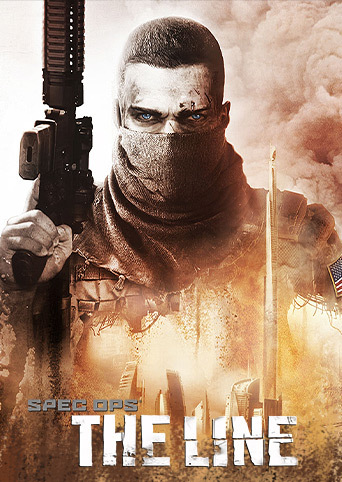
I came to Spec Ops after already having the main narrative twists spoiled by such channels as WatchMojo. Nonetheless, I really enjoyed its postmodern take on the third-person military shooter and the moralities that people push aside when they play video games. Although the protagonist of the game is Captain Martin Walker, you -- the player -- are a special guest in the journey through Dubai. As the game makes perfectly clear, you are the one making the choices and you are the one responsible for what happens. You are also the one who has to deal with the consequences of what you've done. This interesting and post-modern approach to the shooter genre is, however, complicated by some gameplay problems. Although my 940MX met the minimum requirements, I still had to deal with serious lag issues as I went through Dubai. The character would keep running well after I'd input the commands for him to stop, keep turning left even though I'd tried to make him turn right, etc. Given the postmodern nature of the narrative, it's possible that this was deliberate; the choice of the player might be cancelled out by the choice of the character. However, it was frustrating during gameplay, and Walker was killed several times due to his decisions. That being said, Spec Ops is definitely worth playing. Even if it only takes you a few hours, it will last with you for years.